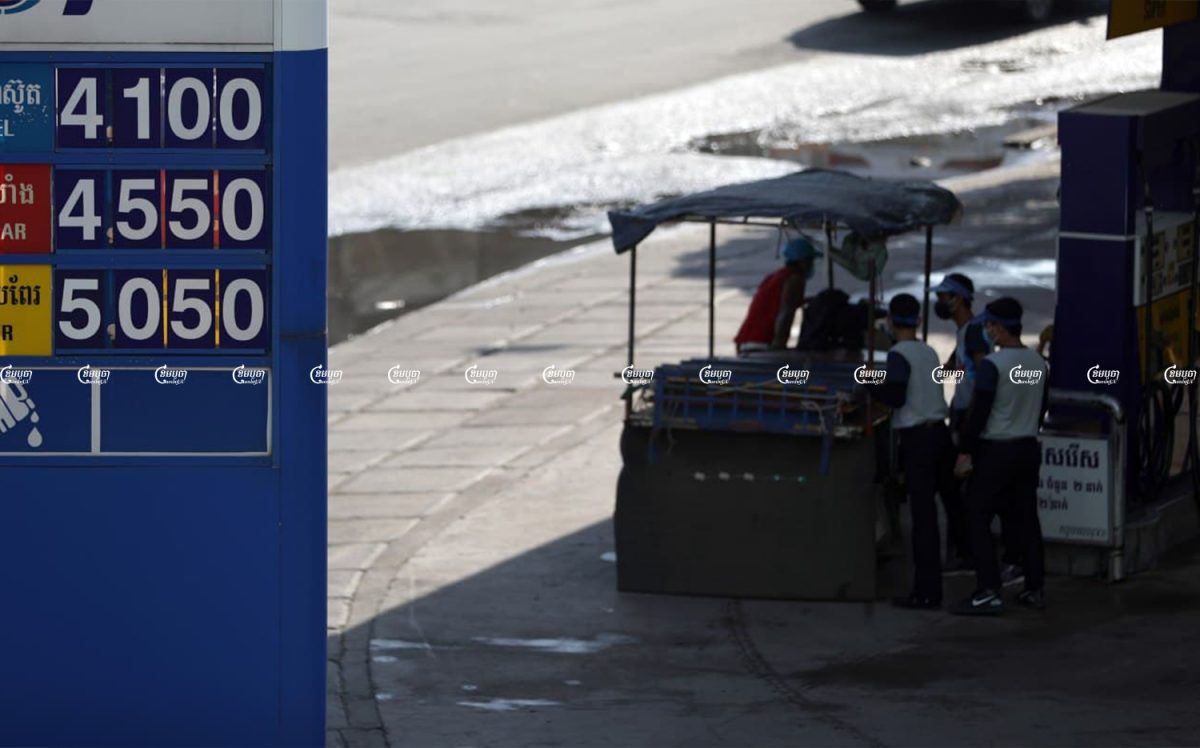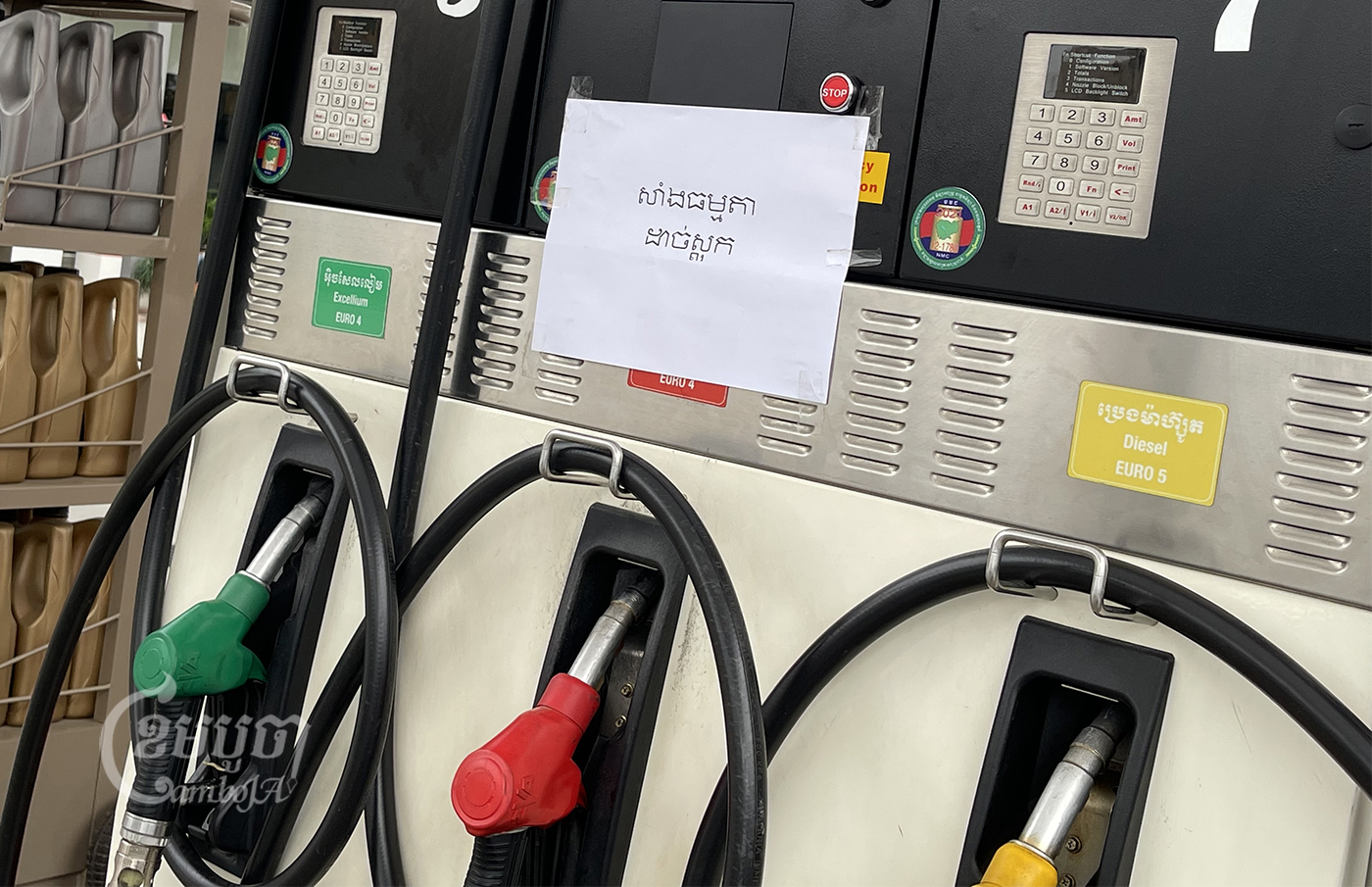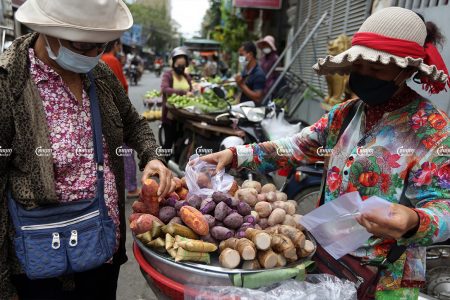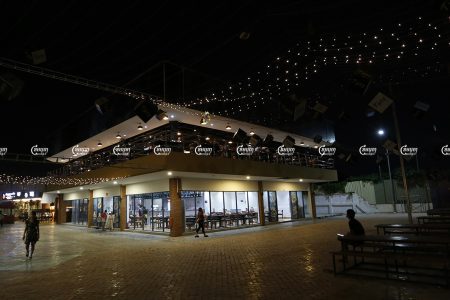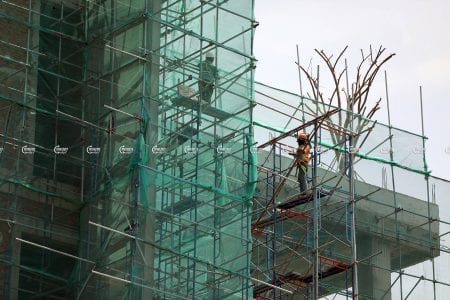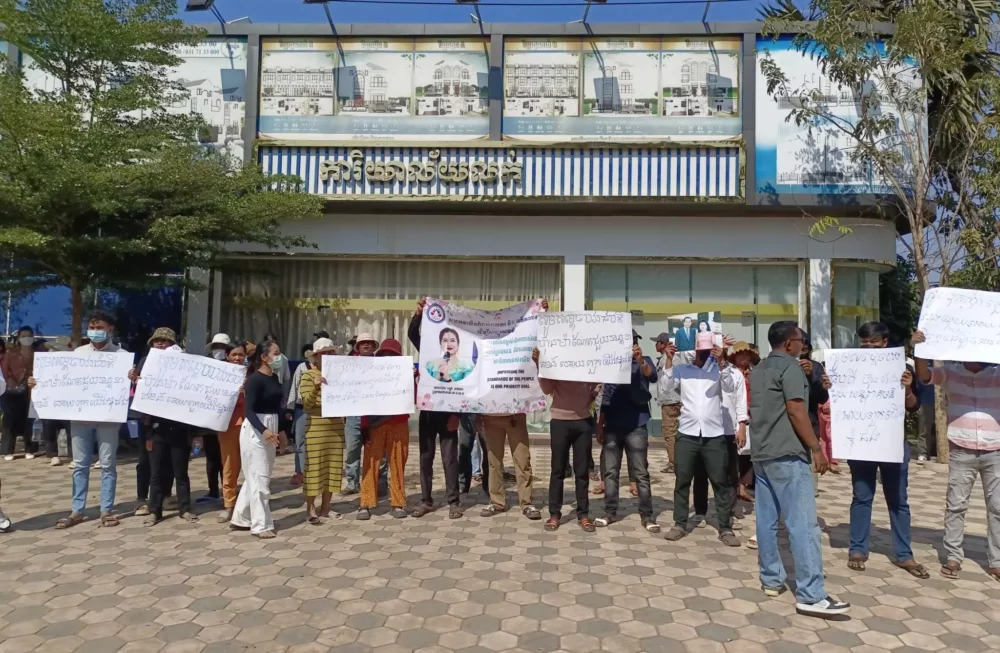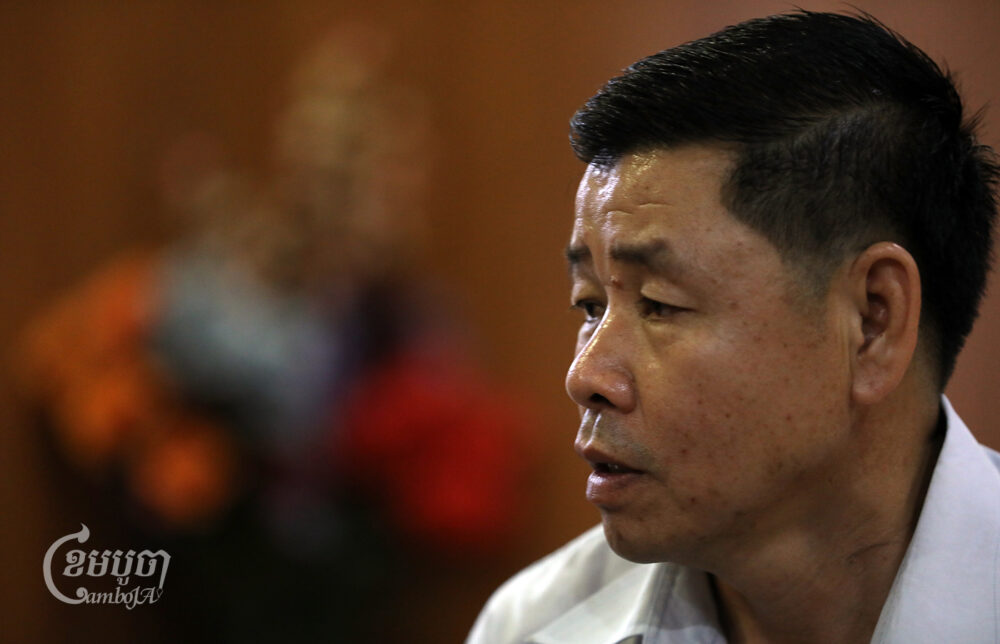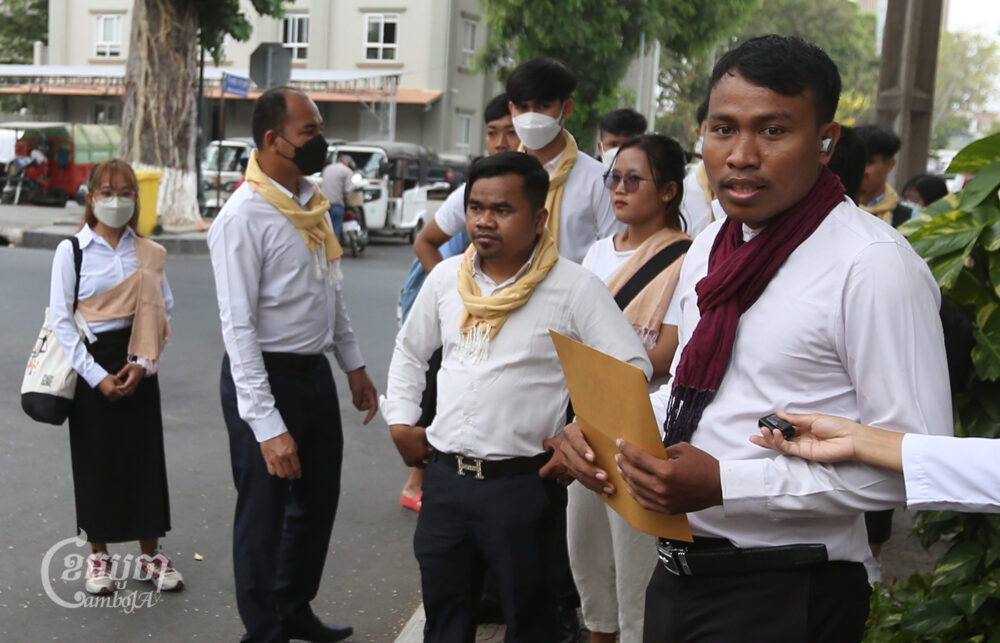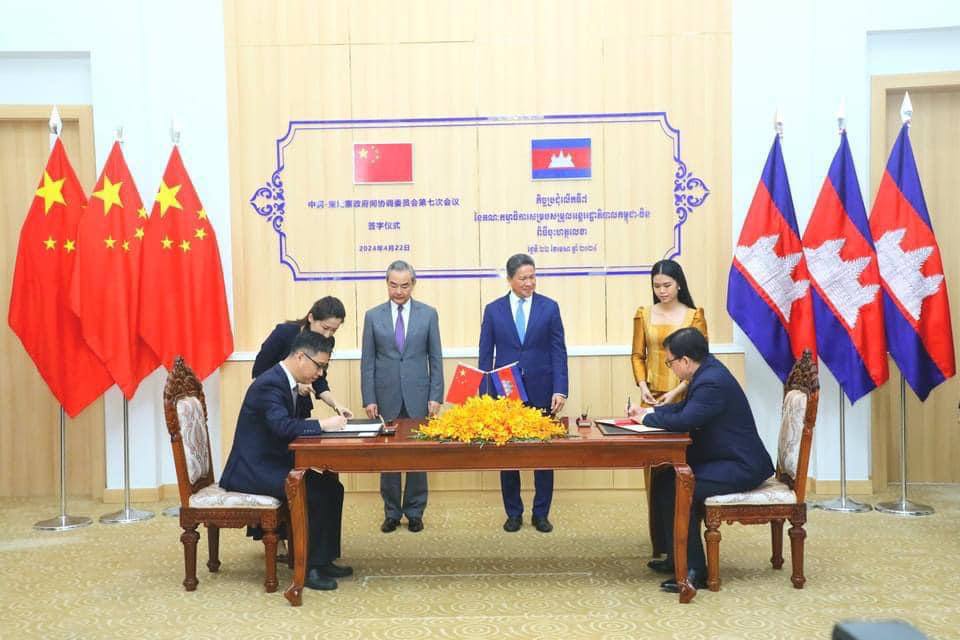Sitting on his motorcycle on the side of the road in Phnom Penh, 57-year-old moto taxi driver Moul Yi doesn’t dare to drive around in search of customers as he used to do. The price of gasoline, he says, is too high.
Yi told CamboJA that the increasing cost of gasoline has left him and other transportation-based services struggling.
“It is very difficult to earn money because of COVID,” he said. “In the whole morning I could earn only 5,000 riels, which is just enough to refill a litre of gasoline. As the price goes up, we just sit and wait for customers to come to us.”
Before the COVID-19 pandemic, Yi could earn around $10 per day — enough to cover his food and daily expenses.
“After cutting costs, including gasoline and food, I could have at least $5 a day left over, but now I don’t have a single bit of money,” he said. “Some days I cannot even afford to buy food.”
60-year-old Prak Vuthy moved to Phnom Penh from Kampong Speu province eight months ago to work as a tuk-tuk driver. Before the pandemic, he said, he earned around $25 a day. Now, he barely earns $2.5.
“It is very difficult to earn money, as the price of goods is getting more expensive when the price of gasoline goes up,” he said. “Even though the price of gas and gasoline increases, I dare not ask my customers for a higher price.”
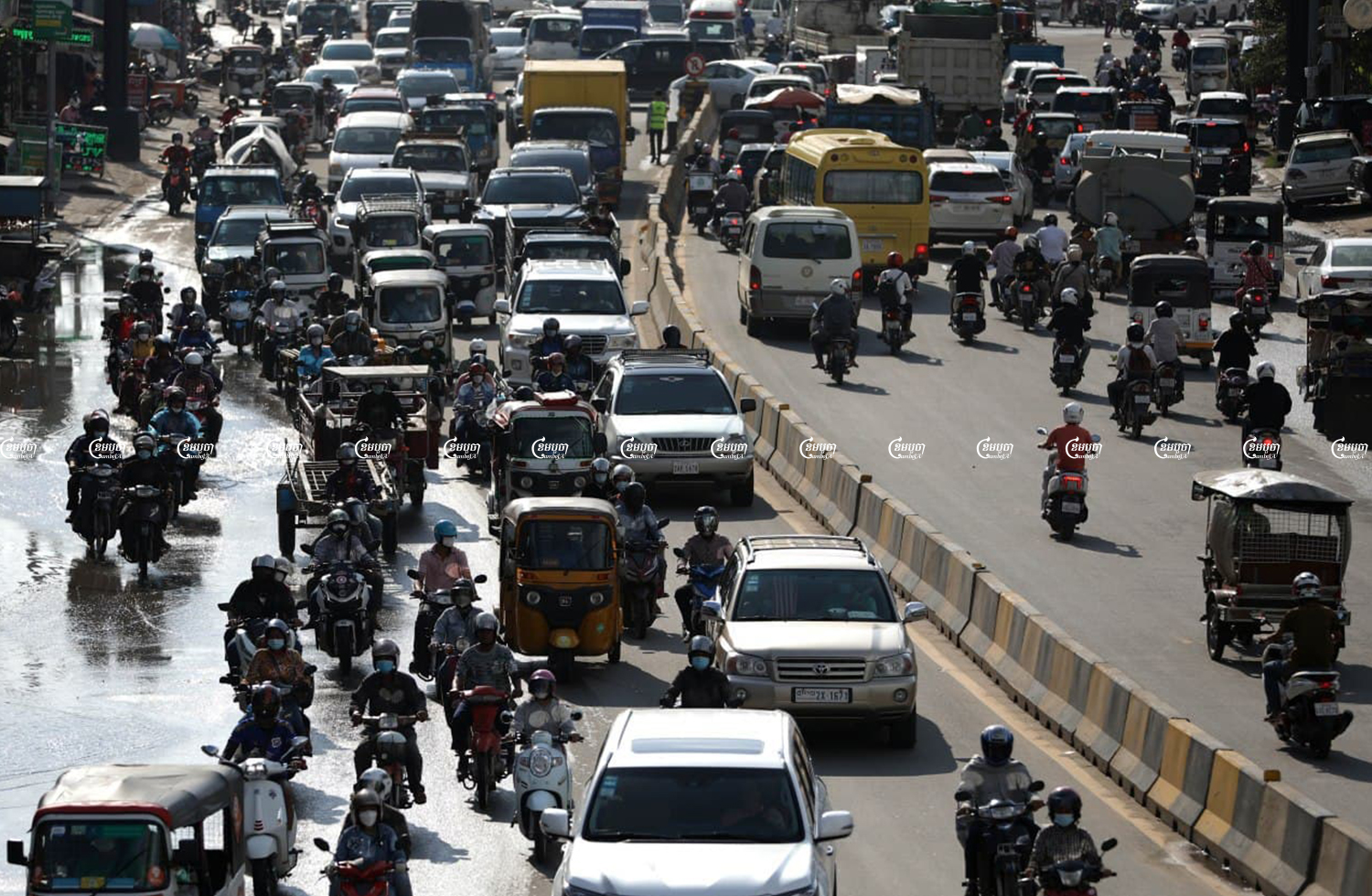
On Monday, the government announced the full reopening of Cambodia’s economy after nearly two years of restrictions and economic slowdown. At the same time, the price of gasoline has risen, becoming an even greater burden on low-income informal workers.
The Ministry of Commerce (MOC) provides updated price guidelines every 15 days based on international markets, with the current retail price set at 4,550 riels ($1.11) a litre and 4,100 riels for regular gasoline and diesel, respectively. The retail price of premium oil stands at 5,050 riels ($1.26) litre. The price will be revised after November 15.
According to the MOC’s announcement on November 1, the government is already subsidizing the current price to the tune of 4 cents per litre. From August to November, the retail price of gasoline in Cambodia has increased by 4.4 percent.
Ministry of Commerce undersecretary of state Pen Sovicheat said that the jump in international prices has led to the retail price in Cambodia also increasing. Despite this, he said, the government’s import tariff fee will remain unchanged.
“The government always thinks about the people’s living standards, that’s why we subsidize 4 cents per liter to reduce the price,” he said. He added that he hoped the international price will drop when the oil-producing countries increase their oil production.
“We are carefully monitoring the international price and the government will also take additional measures in case the price continues to increase that affects the people’s livelihood, we will not ignore them,” he said.
While saying that any import tariff reduction and subsidiary policy will depend on the Ministry of Economy and Finance, Sovicheat said that a tariff reduction will have broad impacts, so reducing taxes or tariffs must be done with prudence.
“Because revenue from tax and tariffs is used to support other sectors, especially during COVID-19, it is the necessary resource to build the economy, infrastructure and social programs,” he said.

Based on the current international crude price, West Texas Intermediate crude stands at around $84.7 per barrel and $84.57 per barrel for Brent crude since the oil-producing countries reduced production due to the global pandemic.
Although the price of gasoline in Cambodia is similar compared to neighboring countries at around $1 per litre, Royal Academy of Cambodia business researcher Hong Vannak said that the price was too high when compared to Cambodia’s GDP.
“It is not yet proportional to the income of the people when we compare it to the price of gasoline,” he said. “The price is so high, so this strongly affects daily livelihoods. The most affected are general lower-income people such as farmers and informal workers who rely on energy for their daily business.”
According to the World Bank, Cambodia’s GDP per capita in 2020 was $1,512.7, declining from 1,643 in 2019. Thailand’s GDP during the same period was $7,189, Vietnam’s $2,785 and Laos’ $2,630.

While recognizing that Cambodia was not alone in facing steep gasoline prices, Vannak said that the government could subsidise the price further if it had the capacity to do so.
Vorn Pao, the president of the Independent Democracy of Informal Economic Association (IDEA), said even though the government was reopening the country, the increase in gasoline prices added more burden for lower-income informal workers.
“It is a worse situation because we are already facing a decline in revenue and lost jobs due to COVID-19 and it creates a greater imbalance between revenue and expenses,” he said, “When the gasoline and gas price increases, it is pushing other commody prices to also increase, so it badly affects the people’s livelihood.”


